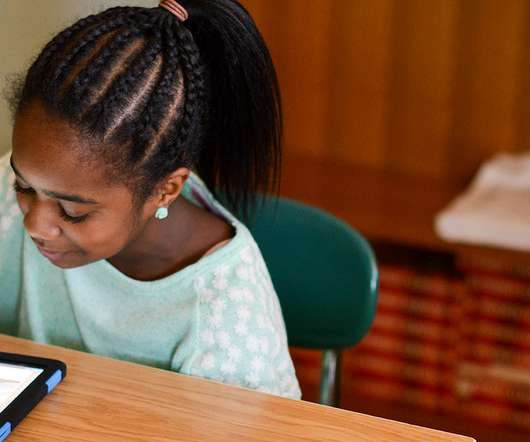Verizon Innovative Learning Schools Recognized for Addressing Digital Divide During Pandemic
Digital Promise
MAY 28, 2021
When schools were forced to quickly shift to distance learning in March 2020 due to the COVID-19 pandemic, the Verizon Innovative Learning Schools (VILS) team immediately sprung into action to provide professional learning and support to educators within the network—which grew to 264 middle and high schools across the country by late 2020.

















Let's personalize your content